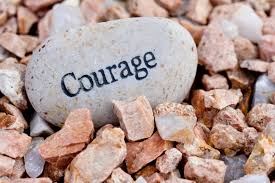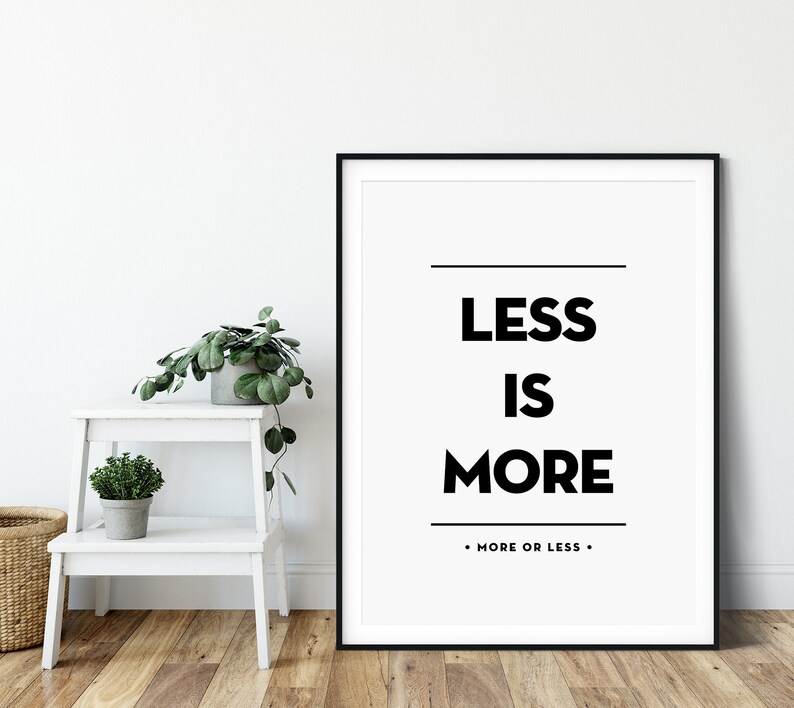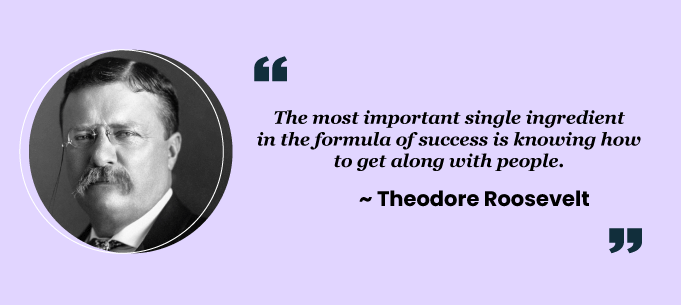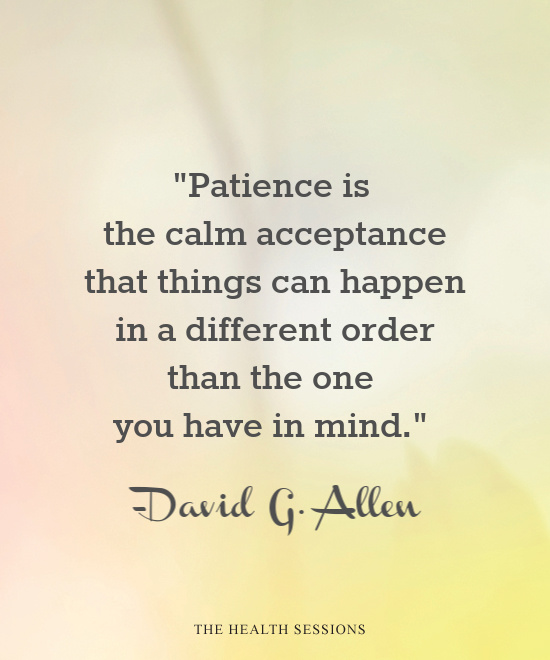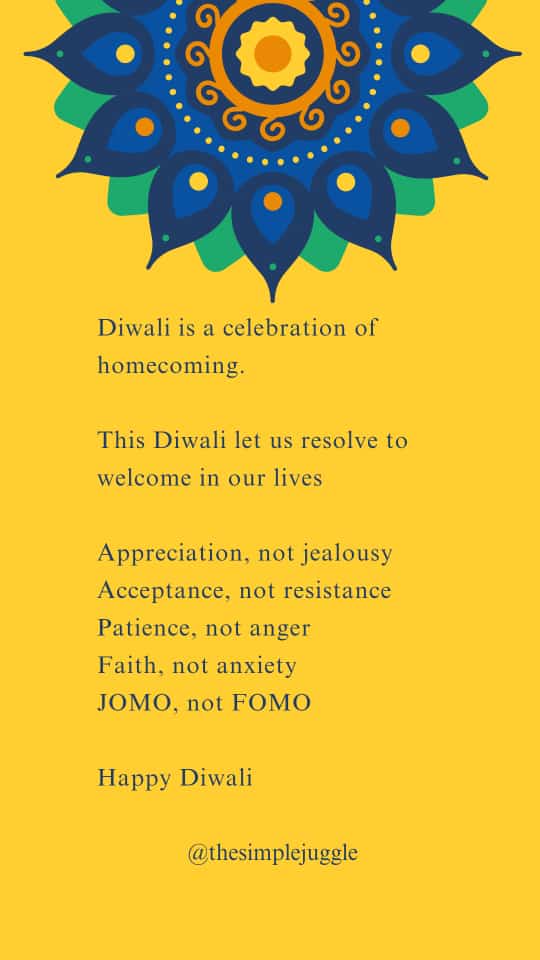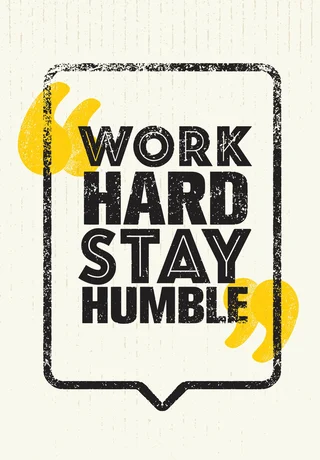He was born in an educated and cultured family. After completing his education in Delhi, he moved eastwards to Kolkata for his first job at Shaw Wallace and later at a shipping firm Bird and Co. But, at the age of 26, he decided to stop earning for livelihood and took a courageous decision of pursuing his dream – ‘He wanted to act on the big screen!!’
While Bollywood is known to run by nepotism, this superstar made his struggle count and today the world looks up to him. He is none other than the respected Mr. Amitabh Bachchan!
What we see today is the glitz and glamour but, the real star emerged after 12 flops over a span of 5 years. Now, this is what we call COURAGE.
How can you develop the courage to pursue your dreams?
– Continuous improvement in knowledge and skills in your field, makes you more confident.
– Share your goals with people, who encourage you. Avoid people who are critical of new ideas.
– Keep patience till the right opportunity comes.
– Take some time to internalize failures and get back to work. Don’t let it stop you.
– Do not succumb to peer pressure. Remember, you are doing it for reaching your optimum.
– Make sure that you earn enough to support day to day expenses and also keep saving some money. This is so that, you don’t have to give up your dream abruptly due to financial crisis.
– Try to fund your own interests. This gives you mental and emotional freedom.
– Work distraction-free. Time is the most precious when trying to imagine/build/create.
– Be genuine and don’t try to create a false image.
On the arduous journey of making your dreams come true, you will come across two big hurdles. First, a question – “What will people think and say?” Facing this question requires maximum courage. Second, self-doubt which requires trusting your capabilities.
Once you have overcome these, the world is yours.
In the words of Mr. Bachchan – “You can’t skip struggle. Better, accept it.”

